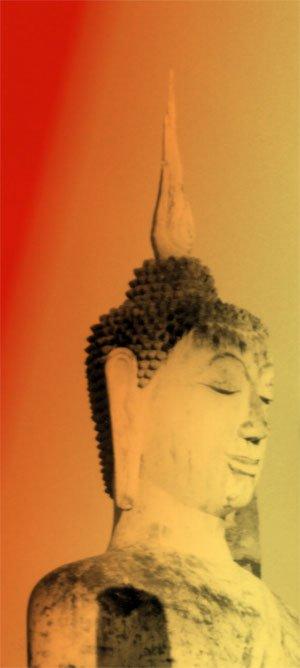
Overcoming Cankers (āsava) in Daily Life!
Editor’s note: This feature was first published in the now-retired Bodhi Journal, Issue 14, December 2009. ?sava(s) together with latent tendencies (anusaya), fetters (sa?yojana) and hindrances

Editor’s note: This feature was first published in the now-retired Bodhi Journal, Issue 14, December 2009. ?sava(s) together with latent tendencies (anusaya), fetters (sa?yojana) and hindrances

Violence is an obvious phenomenon in the present world. Among various causes of violence are politics, culture, religion, race etc. They are in fact some

Introduction There are some satisfactory definitions of ‘crime’ and ‘criminal’. But the question of ‘what is a crime ?’ has baffled thinkers on ethics for

Throughout 45 years of his life as the Enlightened One, the Buddha in his every sermon (sutta) focused on only two things namely, suffering (dukkha)

To the question why anybody in life does anything at all, the answer, undoubtedly, is to satisfy his or her mental and physical need/s. This

Anatta or non-self is one of the three characteristics of the phenomenal existence. It is the unique and central teaching of Buddhism. According to this doctrine

The Buddha says he teaches only two things, namely, suffering and cessation of suffering. The Buddha saw that beings are experiencing various types of suffering

The chief purpose of the Buddha’s Teaching is to help worldly people lead a better, meaningful, happy and blissful life. It is, of course, one

Some people expresses doubt in regard to the possibility of cultivating loving kindness and compassion in a situation where one’s life is at risk. However

In the Therav?da Buddhist Tradition the followers before performing any rites and rituals, chanting, recitation of suttas etc. Usually take refuge in the triple gems (tiratana), namely:

Being dissatisfied with the princely life and seeing the four sights, namely, an old man; a diseased man; a corpse and an ascetic, Siddhartha, the